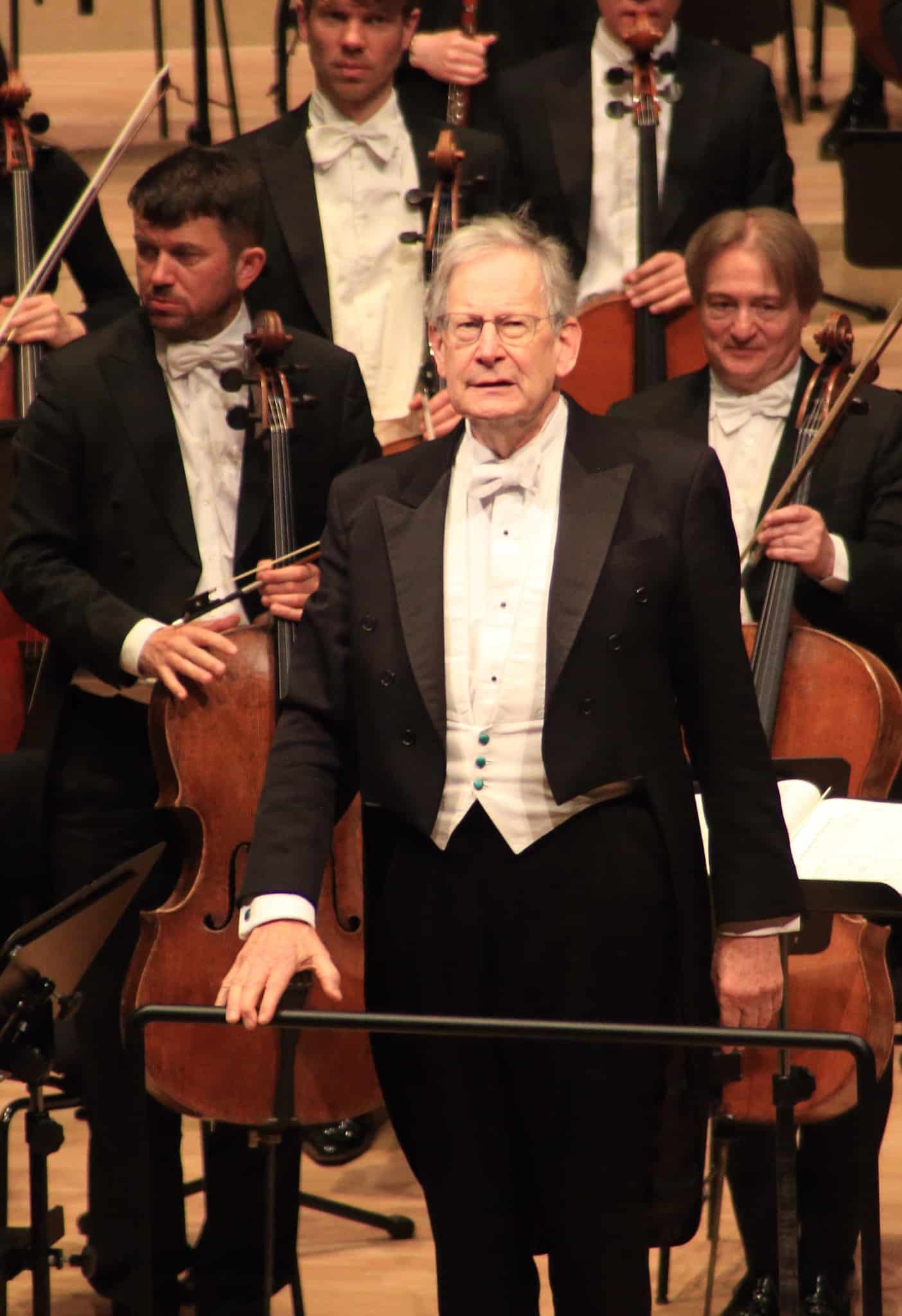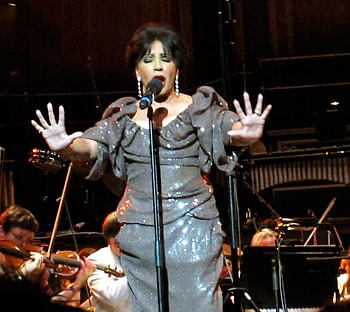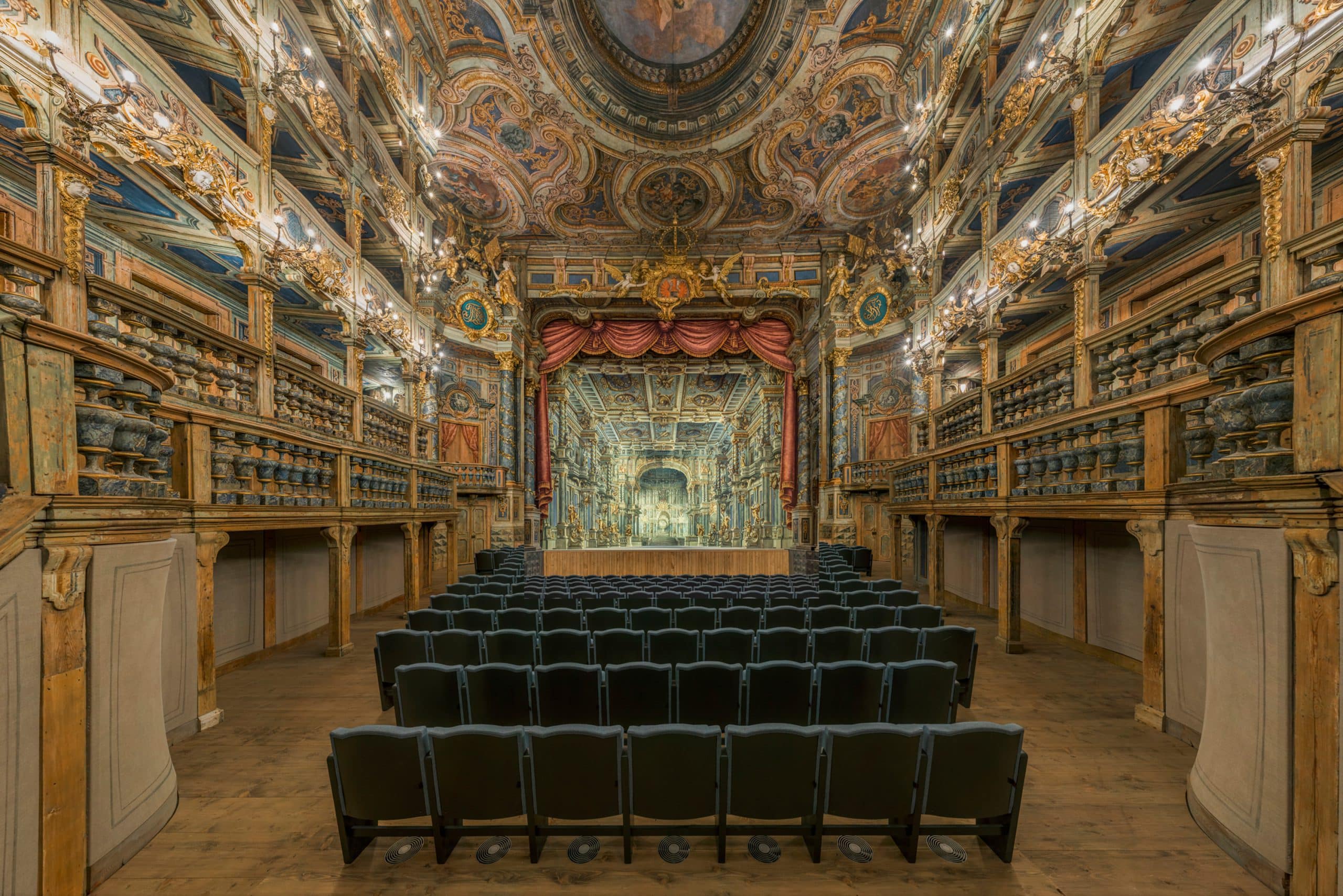Ruth Leon recommends…. Holy Cow – Rijksmuseum
Ruth Leon recommendsHoly Cow – Rijksmuseum
Here’s a charming and quirky little video about a little-known aspect of the artworks in this great museum in Amsterdam – its cows.
Friso Lammertse, Curator of 17th Century Dutch paintings, shows us why this noble animal plays such an important role in Dutch art through the ages. Mooo!






I love those. So evocative of an idealized past.
I wonder how the artists would render the factory dairy farms of today.
Also interesting that these varied cows are already the product of selective breeding — genetic manipulation! — to get more milk, better cheese, better butter…
Nice video. The Rijksmuseum in Amsterdam is a beautiful museum on the inside because of the careful way the paintings are put on display. (On the outside the thing is unspeakably ugly and clumsy.)
Soon after the 17th century the Netherlands fell asleep and into decline, imitating french culture but the painters were not really good at it.
In the 17th century – the Golden Age of the country – Dutch painters began to focus on the reality around them, often quite pedestrian themes, which was their forte. The other, more ‘elevated’ genre was history painting including scenes from the bible. And then there were the portraits, a functionalist genre for the rich.
The cultivation of ‘the Holy Cow’ aptly decribes the folky, populist nature of most of the local culture, in the widest sense, which still reigns supreme and has even taken greater flight since WW II. Culture in the 17th century was important because of the financial value, it was treated as a trade and investment, and painters were craftsmen delivering commodities. Still today, art is considered a hobby for the well-to-do (including classical music) and of no other value than business and entertainment. Hence the popularity of ‘American culture’ in the Netherlands.
If you have ever looked into the eyes of the Holy Cow, you understand the country as a whole inside-out. The Dutch know this very well, and they are proud of it.